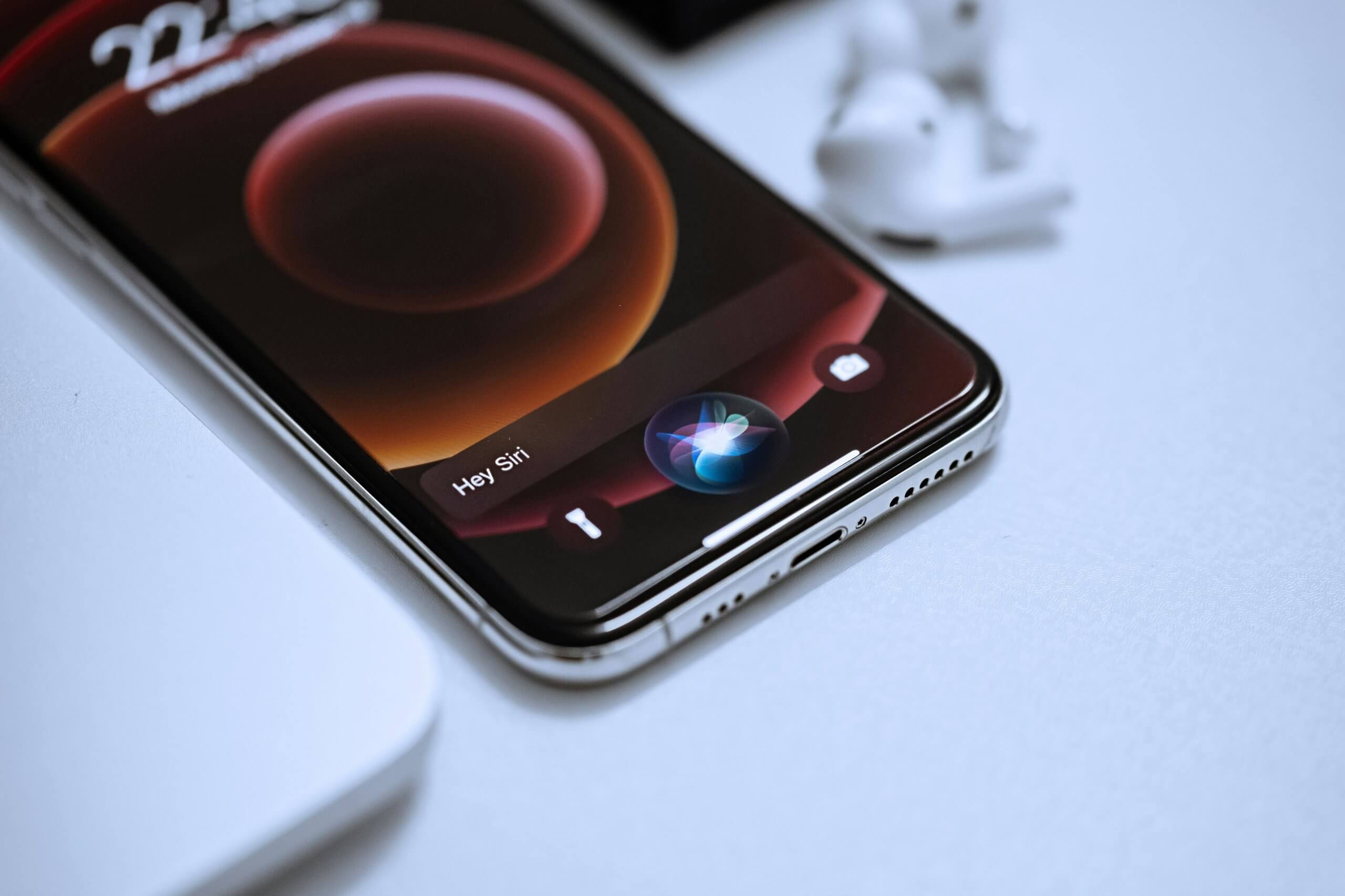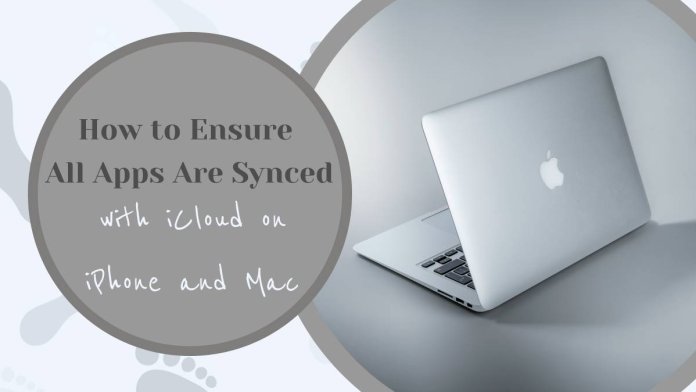In an age where our digital lives are increasingly intertwined, the seamless flow of information across devices has never been more crucial. Imagine effortlessly shifting from your iPhone to your Mac and finding everything—photos, documents, notes—exactly as you left them, with no hitches or delays. This is the magic of iCloud synchronization, a powerful feature that can transform how you manage your daily tasks and personal data. Yet, for many users, the intricate web of settings can feel daunting and overwhelming.
But fear not! In this guide, we’ll demystify the process of ensuring all your apps are in perfect harmony with iCloud on both your iPhone and Mac. Whether you’re a seasoned Apple aficionado or new to the ecosystem, we’ll walk you through each step needed to maximize your productivity without missing a beat. Say goodbye to frustration caused by unsynced files or lost updates; it’s time to unleash the full potential of iCloud and enjoy a truly integrated Apple experience!
Check iCloud Settings on iPhone
To keep your apps in sync with iCloud seamlessly, it’s crucial to check your iCloud settings on your iPhone regularly. Start by navigating to Settings and tapping on your Apple ID at the top of the screen. Here, you’ll see a comprehensive overview of what’s being synced with iCloud, including Notes, Photos, Contacts, and more. Pay close attention to any toggle switches; if an app that you rely on is turned off, it will not sync across devices. Activating these features enables a smooth flow of data that keeps everything from documents to app preferences consistent.
Moreover, make sure you’re connected to Wi-Fi when adjusting these settings—downloading backups or syncing large amounts of data can consume a lot of cellular data. In addition, consider setting up two-factor authentication for added security; this ensures that even if someone gets hold of your password, they won’t easily access your information. Remember that peace of mind comes from knowing all critical data is safely stored in the cloud and accessible whenever you need it. By tending to these settings meticulously, you empower yourself with a robust backup system while elevating the overall performance and reliability of your experience across devices.

Check iCloud Settings on Mac
To ensure all your apps are seamlessly synced with iCloud on your Mac, start by diving into the System Preferences. Click on your Apple ID at the top right to access your iCloud settings and check which applications are currently utilizing this vital cloud service. Each app listed offers you a glimpse into the sync capabilities: from Notes to Safari, enabling automatic syncing can streamline not only how you save but also how you manage information across devices.
Pay attention to additional features within each app’s preferences—many allow for granular control over what data gets shared. For example, in Safari settings, you can enable or disable bookmarks and open tabs that sync between your devices, which can provide a significant productivity boost when switching contexts. Also, consider leveraging the “Optimize Mac Storage” option under iCloud Drive if space is limited; this setting ensures that older documents are stored in the cloud while keeping current files readily accessible locally.
Finally, don’t overlook other handy tools like Keychain Passwords and Messages in iCloud—they not only enhance security but ensure consistency across platforms. This holistic approach empowers users to take full advantage of Apple’s ecosystem while fostering an organized digital workspace tailored precisely to their needs. Embracing these sync options can transform how efficiently you navigate daily tasks on both Mac and iPhone alike!
Ensure App-Specific Sync Options Enabled
When navigating the intricate world of iCloud sync, ensuring app-specific sync options are enabled is critical for achieving seamless integration across your Apple devices. Each application may have its own unique synchronization settings, and overlooking them can lead to inconsistencies and frustrating moments when you find data missing or out-of-date. For instance, while Photos might be set to sync photos flawlessly across devices, an overlooked toggle in Notes could prevent vital information from appearing on your Mac when drafting that all-important project.
To streamline this process, delve into each app’s settings—this not only empowers you to personalize how these platforms interact with iCloud but also uncovers hidden features designed for enhanced productivity. Apps such as Reminders and Calendar offer granular controls over what gets synced; enabling shared preferences can transform how effortlessly tasks pop up across your screens. By taking a proactive approach in reviewing these settings regularly, you’re not just syncing apps—you’re cultivating a digital ecosystem that harmonizes efficiently with both work and daily life, eliminating the chaos of mismatched information.

Troubleshoot Common iCloud Sync Issues
One of the most frustrating aspects of using iCloud is running into sync issues that prevent your apps from communicating seamlessly across devices. If you find yourself stuck in a sync loop or your data isn’t reflecting changes made on another device, it’s time to dig deeper. Start by checking your internet connection; intermittent connectivity can wreak havoc on iCloud synchronization. A stable Wi-Fi network is essential, as cellular data may not always be available for larger files or app updates.
Another common hiccup occurs when multiple Apple IDs are involved. Ensure that all devices are logged into the same Apple ID under Settings > [Your Name]. Additionally, toggling iCloud settings off and then back on can refresh connections that may have gone stale over time. Don’t forget to analyze storage quotas—if you’re running low, you might be inadvertently denying apps the space they need for effective syncing. By troubleshooting these areas with a keen eye, you not only restore harmony among your apps but also gain valuable insights into managing your digital ecosystem more effectively.
Manage Storage Space for Effective Syncing
Managing storage space on your devices is crucial for ensuring that all your apps sync effectively with iCloud. As more files accumulate in your iPhone and Mac, the risk of hitting storage limits increases, potentially disrupting seamless syncing. Take a moment to evaluate what’s occupying space—consider deleting old photos or videos you’ve already backed up, or offloading unused apps. This not only frees up vital storage but also streamlines the syncing process, allowing for quicker updates and better performance.
Utilizing tools like iCloud Drive can enhance your storage management strategy. Instead of keeping larger files on your device, store them in the cloud where they can be accessed anytime without cluttering your local storage. Furthermore, periodically reviewing what’s stored within iCloud gives you a clearer picture of space utilization; items like redundant backups or large documents might be taking up unnecessary room. By maintaining an organized approach to digital assets across devices, you ensure that every app has the necessary breathing room it needs to perform optimally and stay synced effortlessly with iCloud.

Update Software on Devices Regularly
Regularly updating software on your devices is a crucial yet often overlooked aspect of ensuring seamless app synchronization with iCloud on your iPhone and Mac. Each software update not only brings new features and enhancements but also fixes bugs that could hinder the syncing process. When you keep your operating systems up to date, you’re optimizing performance across all applications, ultimately leading to smoother functionality when leveraging iCloud’s capabilities.
Moreover, updates come equipped with essential security patches designed to protect your data from vulnerabilities. With cyber threats becoming increasingly sophisticated, neglecting these updates could leave you exposed while trying to sync sensitive information. By maintaining the latest versions of both iOS and macOS, you ensure that all apps can connect effortlessly with iCloud, preventing frustrating disruptions in workflow or lost data during crucial moments. Embracing this habit can transform how effectively you use your devices as interconnected tools in both personal and professional settings.
Conclusion: Achieving Seamless Device Synchronization
In conclusion, achieving seamless device synchronization through iCloud transforms how we interact with our digital ecosystems. By embracing this interconnectedness, users not only streamline daily tasks but also foster a more cohesive workflow across all devices. The key to unlocking this potential lies in understanding the nuances of settings and preferences on both your iPhone and Mac—ensuring that every app is finely tuned to work in harmony.
Moreover, consider the inherent benefits of regular maintenance, such as periodic reviews of your iCloud settings and managing storage effectively. This proactive approach not only enhances performance but also reduces the likelihood of sync errors that can disrupt productivity. Remember, taking these small yet significant steps ensures that you remain effortlessly connected to your important files and applications—allowing you to focus on what truly matters: creativity, collaboration, and connectivity without interruption.
